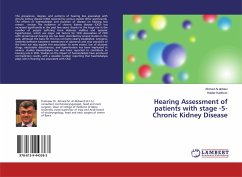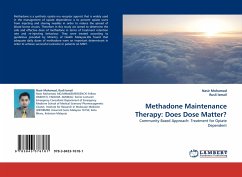Controversy continues over the extent of surgical resection margin required to minimize the risk of local recurrence (LR) in breast conserving therapy (BCT) for stage I and II breast cancer. To address this question all patients registered at the Saskatoon Cancer Center between January 1, 1991 and December 31, 2000 with a diagnosis of stage I or II invasive duct carcinoma of the breast treated with BCT were examined. All charts and pathology reports were reviewed with a review of the pathology for all cases where the resection margin was unclear in the original report. Other factors know or thought to effect LR (age, radiation boost, grade, extensive duct carcinoma in situ, ER/PR receptor status, tumor size, and systemic adjuvant therapy) were considered in the statistical analysis. Amongst the 200 narrow margin cases 19 LR were detected while 52 LR were detected in the 491 wide margin cases. This difference was not statistically significant. It is therefore concluded that narrowsurgical resection margin does not result in an increase in local recurrence in breast conserving therapy for early stage duct carcinoma and does not warrant re-excision.
Bitte wählen Sie Ihr Anliegen aus.
Rechnungen
Retourenschein anfordern
Bestellstatus
Storno








